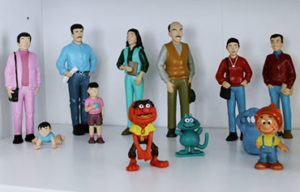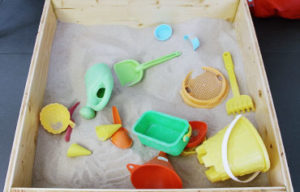Play is the child’s natural «language» or means of expression, and toys are their «words». By playing or pretending (make-believe) children express their inner world. Not only do they play to have fun but also to manifest their troubling experiences. Therapists specializing in this type of therapy act as a catalyst to facilitate the expression of the child’s ambivalent or problematic feelings so he or she can work through them. We would say the play therapist enters the child’s play metaphor, which expresses the child’s world and her or his reality.
The therapist relates to the child using unconditional positive regard and a deep sense of empathy. In this accepting framework, characterized by symbolization and representation that emotional, cognitive, and behavioral, children’s difficulties become less problematic and manageable. Thus, the development of new coping skills can take place.
Throughout the treatment process, children modify their cognitive representations of their reality and their relationships, which fosters behavioral change by generating a sense of autonomy.










